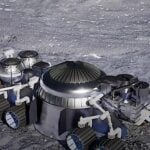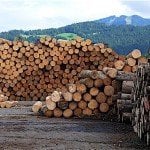Putting aside issues such as carbon footprint, food, economic fundamentals, infrastructure development and cost is the biggest issue facing the fast-growing economies in Asia. These areas need at least $1.7 trillion in investment every year until 2030 — just to support current levels of growth — according to Asia Development Bank.
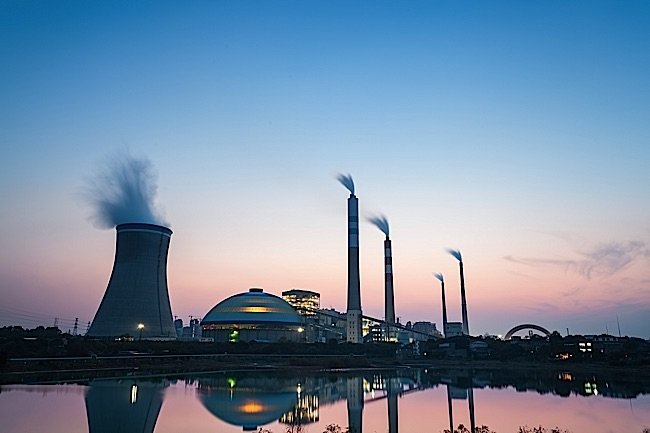
That breaks down as:
- $6.35 Trillion for South Asia
- $16.06 Trillion for East Asia
- $3.15 Trillion for Southeast Asia
- $38 Billion for the Pacific area
- $565 Billion for Central Asia.
More than Just a Budget
The challenge isn’t all money. With growing populations, the environmental burdens will necessitate greener energy and infrastructure solutions. Recently, China announced a major investment in coal plants — which are the opposite of what is needed in this growth scenario. At the same time, China is leading in solar and wind.
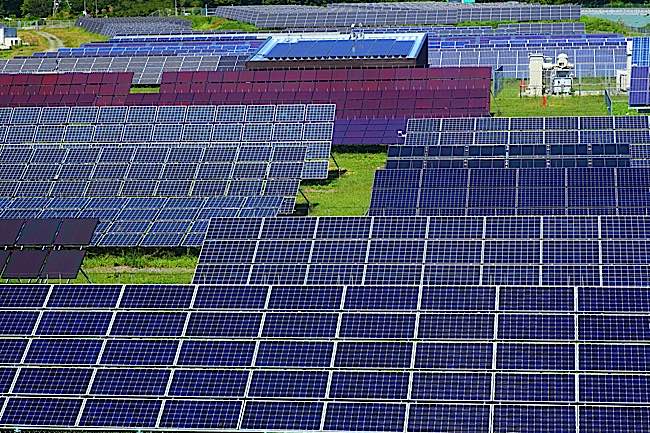
Currently, 1.3 billion people lack electricity and fully half of the population — more than 3.5 billion — lack internet access. Even basic sanitation and water are not available to millions.
Other countries have such significant gridlock that productivity suffers, costing millions of dollars each day.
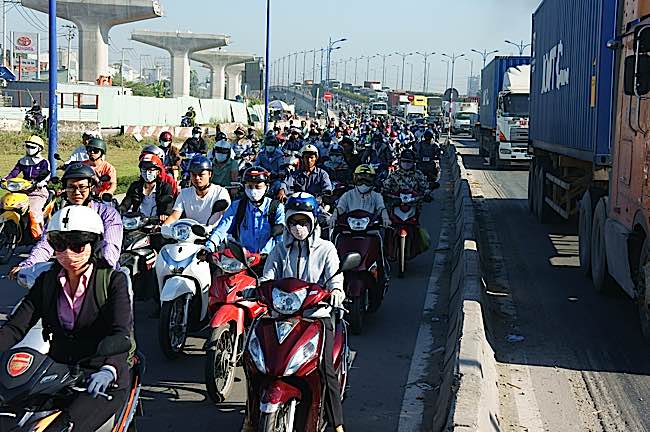
Adding to the burden are education gaps, age gaps and the ongoing ageing crisis. Infrastructure must take into consideration the ageing of the world populations. Even countries such as China and Vietnam are entering into ageing crisis mode. Only one country — Azerbaijan — has a population that is not ageing. Ageing populations put higher demands on infrastructures.
The biggest issue with ageing, of course, is projected economic slowdown. If the infrastructure isn’t built now, while it is affordable, later aged populations will not have the resources available.

